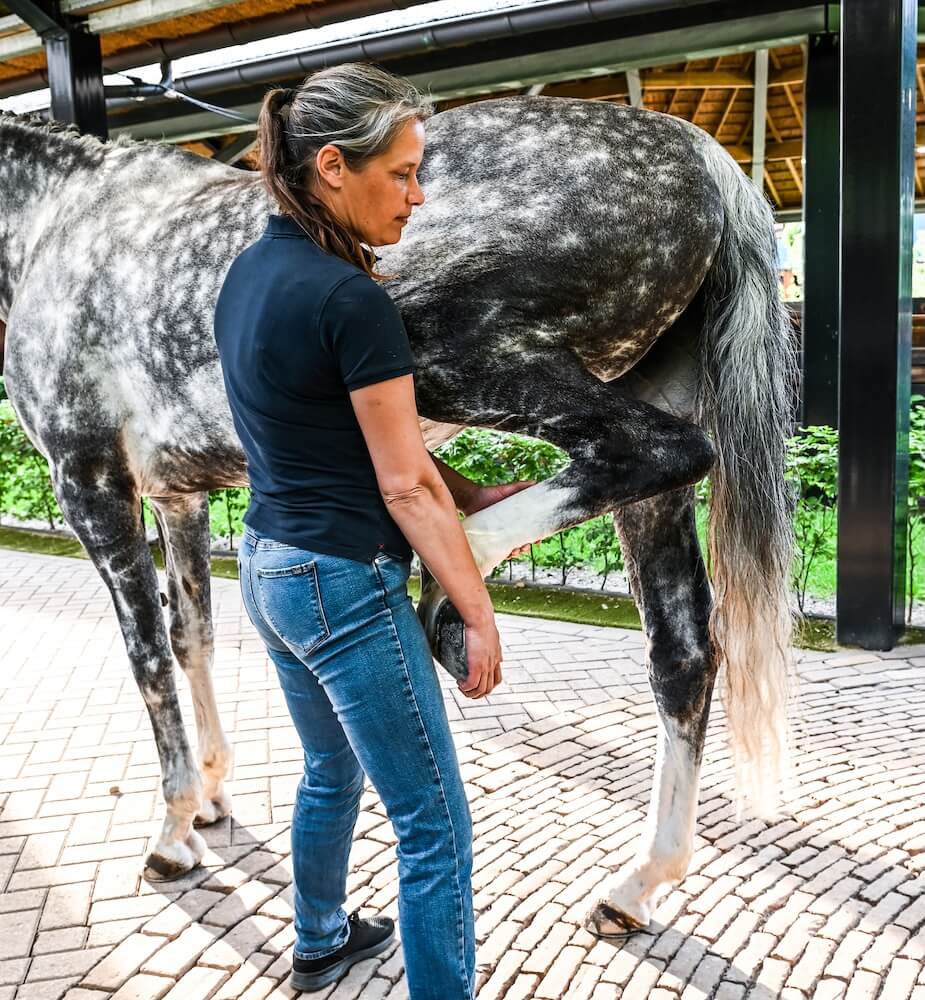Home » Recognize symptoms » Lameness
Lameness
Possible symptoms of lameness in horses
- Visible irregularity in the movement pattern (front, hind, or both)
- Short stride length (forward, backward, or both)
- Head nodding while walking or trotting
- Variable, increasing, or decreasing lameness during training
- Lameness that disappears after rest and returns during work
- Lameness that worsens on hard or soft ground
- Problems in turns or on a specific rein
- Lack of impulse
- Resistance when lunging or moving into trot or canter
- Difficulty with lateral movements or collection
- Sudden stopping or unusual behavior under saddle
- Jumping to the left or right when approaching a fence
- Refusing a jump
- Asymmetry in muscle development
- Unwillingness or inability to flex a joint
- Negative reaction to touch
- Unwilling to lift a leg or difficulty standing on three legs for the farrier
- Change in behavior
- Poor performance
- Uneven wear of the hooves or shoes
Lameness examination at SMDC – searching for the real cause
Lameness is one of the most common performance issues in horses. It is often the visible result of an underlying orthopedic problem—sometimes localized, but often part of a bigger picture such as overload, compensation, or incorrect loading.
At SMDC, we look beyond just the irregular limb. Our specialized orthopedists (ISELP and ECVSMR diplomates) perform a systematic and thorough lameness examination, supported by advanced imaging and objective gait analysis.
Symptoms in horses
Is your horse experiencing problems?
Ma - vrij: 8.00 - 17.30
contact@sporthorsemdc.com
+ 31 (0)412 745500
Our approach to lameness
- Systematic orthopedic examination – including inspection at rest and in motion, palpation, and flexion tests
- Objective gait analysis with AI-supported systems (Sleip, Equinosis, Qualisys)
- If necessary: nerve blocks (diagnostic anesthesia) to localize the affected area.
- Advanced imaging such as X-ray, ultrasound, UTC, MRI, CT, or scintigraphy.
- Multidisciplinary interpretation that also takes into account the teeth, hooves, back mobility, and possible muscle issues.
Afterward, you will receive a clear written report including diagnosis, prognosis, and treatment advice.
At SMDC, we don’t just look for the lame leg, but for the real cause behind the irregularity—so your horse can recover and perform sustainably.

